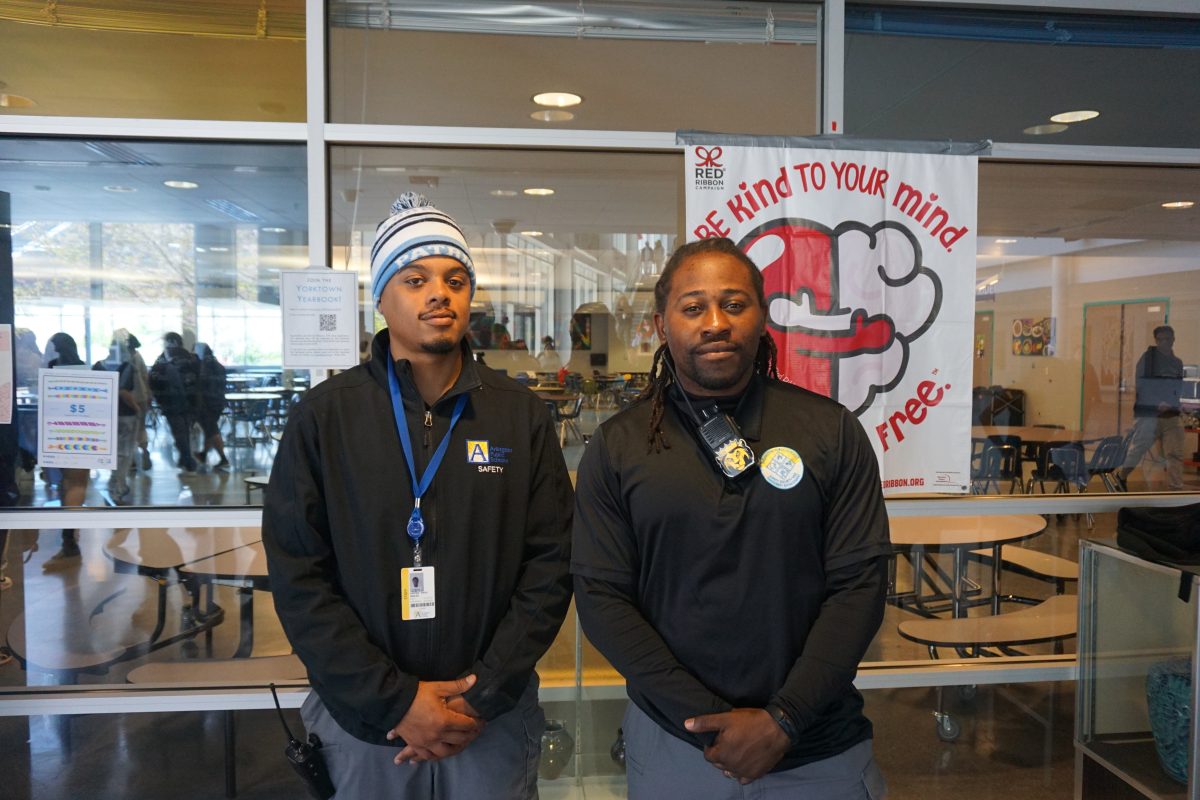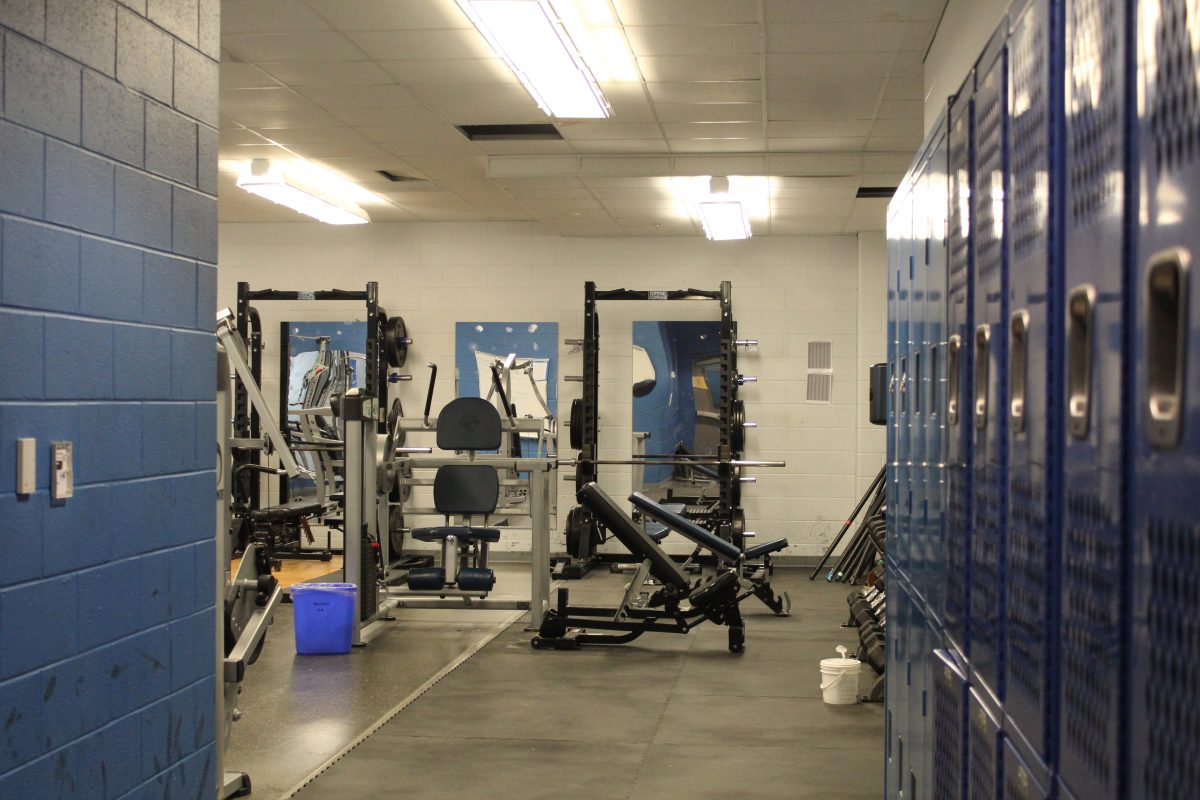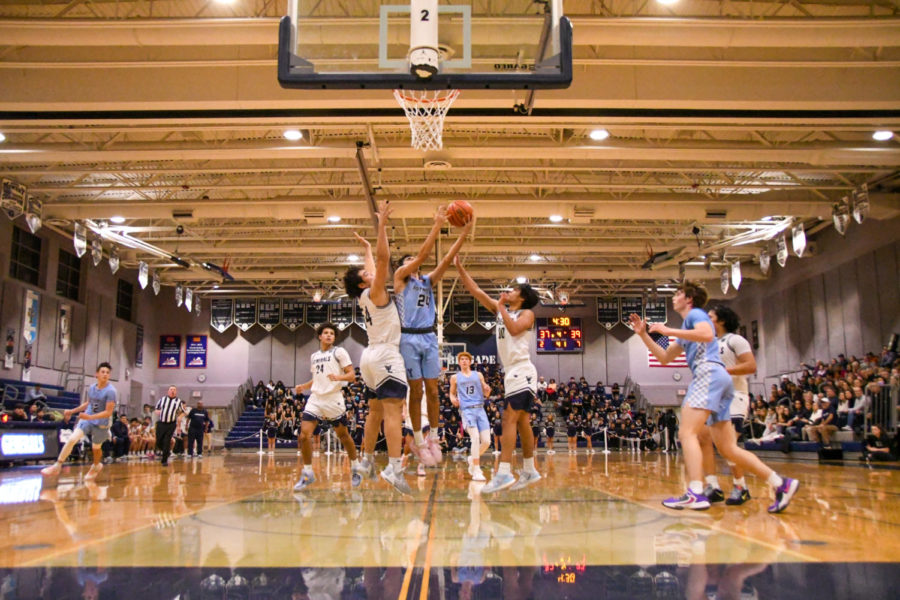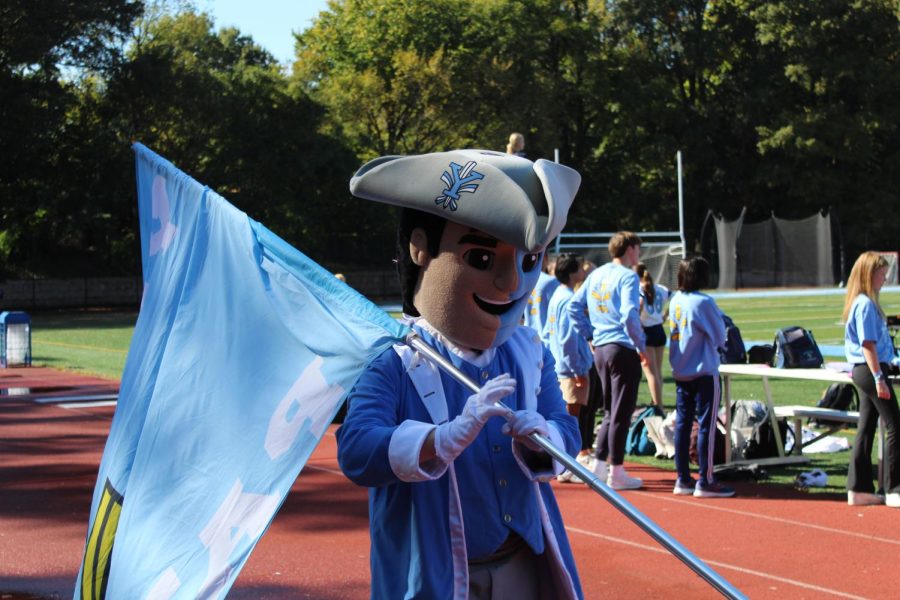¿Que bolá Cuba?
On March 21, President Barack Obama landed in Havana, Cuba. Obama is the first United States President to have traveled to Cuba since President Calvin Coolidge in 1928. The purpose of Obama’s trip was to formalize open relations between the United States and Cuba once the trade embargo on Cuba is lifted. This embargo was created during the Cold War in order to reduce “the threat posed by its [Cuba’s] alignment with the communist powers” (Proclamation 3447). Opening these relations will urge the communist Cuban government to grant more rights to its citizens and create economic opportunities with the United States. Regarding citizen rights, Obama expressed his belief that the Cuban government should allow its citizens to criticize and protest peacefully against the government, for it is a human freedom that should not be limited to certain democratic countries. Regarding democracy, he proposed that a democratic model of government enables reform, for it helps to promote change at a faster rate. His speech also called for less red tape to make it easier for Cubans to start businesses and gain internet access so that Cuba can obtain global perspectives that might encourage progress for the country. His suggestions were not pressing, but courteous, and allowed the people to hear ideas that might stimulate Cuban development. “I have come here to bury the last remnant of the Cold War in the Americas,” said Obama. “I have come here to extend the hand of friendship to the Cuban people.”
A Soon-to-Be Shamu-Free SeaWorld
For 52 years, SeaWorld, a marine-themed amusement park located in various parts of the United States, has been raising killer orca whales. These whales are trained to perform tricks at shows in front of large audiences of park visitors. Using these whales for entertainment purposes and containing them in captivity prompted controversial responses from the general public and animal activists. Many people feel sympathetic towards the whales and believe that SeaWorld had no business in manipulating nature by depriving these whales of life in the wild. In 2010, a trainer from SeaWorld Orlando was accidentally killed by the whale, Tilikum. After this incident, Blackfish, a documentary about Tilikum’s life in SeaWorld and how captivity drove him to kill several people, was released. This film highlighted the negative behavioral effects of captivity and human interference on whales. It prompted disapproval towards the treatment of whales in captivity which led to a major decline in SeaWorld attendance and profits. SeaWorld has recently expressed interest in modifying its company in order to protect the whales. SeaWorld will no longer be breeding orca whales and partnered with The Humane Society of the United States, a nonprofit organization that protects animal rights, as of March 17. The current 29 orcas in each SeaWorld will be the last generation of whales. These whales will be kept in SeaWorld because they might face possible risks if they are released into the wild after being raised under human care. The whale shows will gradually fade out as this generation of whales passes on. Although there are still many steps that need to be taken in order to save the whales, SeaWorld is making a change that will amount to tremendous progress.
Equal Pay for Equal Play
The United States Women’s National Soccer Team (USWNT) is fighting against the U.S. Soccer Federation’s sexist wage practices. In past years, U.S. Soccer has justified giving the men higher salaries because they generated more revenue. Despite generating nearly $20 million more in revenue last year, the women’s team was still paid only a quarter of what the men receive. Five athletes from the USWNT (Carli Lloyd, Alex Morgan, Megan Rapinoe, Becky Sauerbrunn and Hope Solo) brought this issue to court in attempt to argue against wage-discrimination with support from the Equal Pay Act. Another issue regarding equal treatment arose when the United States Men’s National Soccer Team played World Cup games on natural grass, whereas the women’s team played on artificial turf. “We want to play in top-notch, grass-only facilities like the U.S. men’s national team,” Morgan said. “We want to have equitable and comfortable travel accommodations, and we simply want equal treatment.” U.S. Soccer suppressed these efforts by suing the USWNT in order to avoid further action taken to eliminate such apparent gender disparity. Despite the disappointing response from U.S. Soccer, the Women’s National Team Player Association will stop at nothing to gain the rights that women deserve.


































